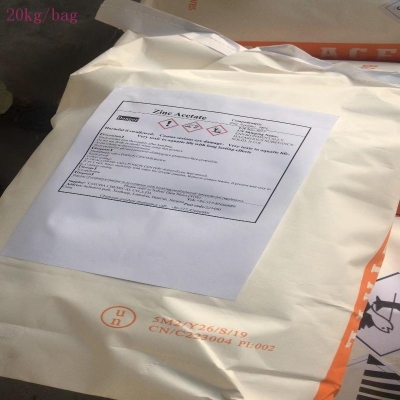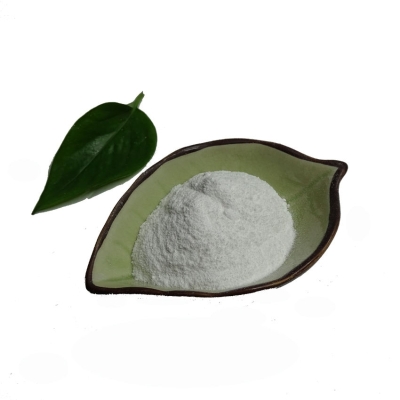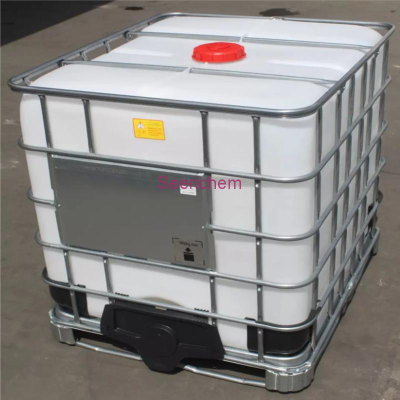-
Categories
-
Pharmaceutical Intermediates
-
Active Pharmaceutical Ingredients
-
Food Additives
- Industrial Coatings
- Agrochemicals
- Dyes and Pigments
- Surfactant
- Flavors and Fragrances
- Chemical Reagents
- Catalyst and Auxiliary
- Natural Products
- Inorganic Chemistry
-
Organic Chemistry
-
Biochemical Engineering
- Analytical Chemistry
-
Cosmetic Ingredient
- Water Treatment Chemical
-
Pharmaceutical Intermediates
Promotion
ECHEMI Mall
Wholesale
Weekly Price
Exhibition
News
-
Trade Service
In 2017, the reform and transformation of my country's fertilizer market steadily moved forward.
According to statistics, my country’s total fertilizer production capacity has reached 131.
67 million tons, and the output has reached 80.
11 million tons, while the demand is only 66.
1 million tons, and the excess capacity is nearly 50%.
In 2017, the policy of "depolicyization" and "zero growth" and other policies Under the guidance of my country's fertilizer market, China's fertilizer market continues to carry out survival of the fittest, reform and upgrade.
Looking at the compound fertilizer market in 2017, the following points have played a vital role in the development of the industry.
The trend of environmental protection is fierce.
In 2017, various environmental protection policies broke out.
The "13th Five-Year" plan, environmental taxation, garbage classification, blue sky defense war, ecological protection red line, PPP model, etc.
were launched one after another.
The chemical fertilizer industry is a highly polluting industry.
Environmental protection teams in Shandong, Lianghe, Hubei, Sichuan and other regions have entered, and their production capacity has been significantly restricted.
Unqualified production capacity has to be rectified, upgraded, or eliminated.
The normalization of environmental protection in the later period will play a positive role in the de-capacity of the fertilizer industry.
The supply and demand status of overcapacity will continue to exist.
Since 2000, domestic demand for compound fertilizer has always maintained a steady growth, with an average annual growth rate of about 6%.
However, the compound fertilizer and the overall fertilizer industry still need to continue to work hard to reduce production capacity.
Laggard production capacity is accelerating its exit from the market, while new production capacity expansion continues.
The characteristics of the new production capacity are that it relies on the original brand influence, is close to the places of demand and resources, and possesses advanced technology.
The main cost factors driving up the price of chemical fertilizers are coal and electricity prices, as well as the cost of equipment transformation.
In April 2016, all electricity price concessions were cancelled, and high-priced electricity has been used for fertilizer production since then.
In 2017, the price of anthracite continued to rise.
In early December, compared with the same period in 2016, the price of anthracite in Shanxi and Henan increased by RMB 205/ton and RMB 180/ton respectively.
Environmental pressure has forced fertilizer companies to upgrade their equipment, which has increased costs.
According to statistics, my country’s total fertilizer production capacity has reached 131.
67 million tons, and the output has reached 80.
11 million tons, while the demand is only 66.
1 million tons, and the excess capacity is nearly 50%.
In 2017, the policy of "depolicyization" and "zero growth" and other policies Under the guidance of my country's fertilizer market, China's fertilizer market continues to carry out survival of the fittest, reform and upgrade.
Looking at the compound fertilizer market in 2017, the following points have played a vital role in the development of the industry.
The trend of environmental protection is fierce.
In 2017, various environmental protection policies broke out.
The "13th Five-Year" plan, environmental taxation, garbage classification, blue sky defense war, ecological protection red line, PPP model, etc.
were launched one after another.
The chemical fertilizer industry is a highly polluting industry.
Environmental protection teams in Shandong, Lianghe, Hubei, Sichuan and other regions have entered, and their production capacity has been significantly restricted.
Unqualified production capacity has to be rectified, upgraded, or eliminated.
The normalization of environmental protection in the later period will play a positive role in the de-capacity of the fertilizer industry.
The supply and demand status of overcapacity will continue to exist.
Since 2000, domestic demand for compound fertilizer has always maintained a steady growth, with an average annual growth rate of about 6%.
However, the compound fertilizer and the overall fertilizer industry still need to continue to work hard to reduce production capacity.
Laggard production capacity is accelerating its exit from the market, while new production capacity expansion continues.
The characteristics of the new production capacity are that it relies on the original brand influence, is close to the places of demand and resources, and possesses advanced technology.
The main cost factors driving up the price of chemical fertilizers are coal and electricity prices, as well as the cost of equipment transformation.
In April 2016, all electricity price concessions were cancelled, and high-priced electricity has been used for fertilizer production since then.
In 2017, the price of anthracite continued to rise.
In early December, compared with the same period in 2016, the price of anthracite in Shanxi and Henan increased by RMB 205/ton and RMB 180/ton respectively.
Environmental pressure has forced fertilizer companies to upgrade their equipment, which has increased costs.







